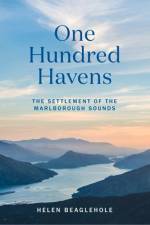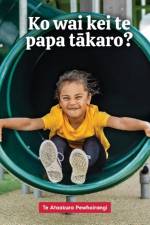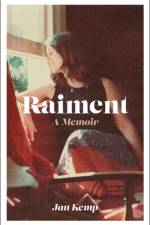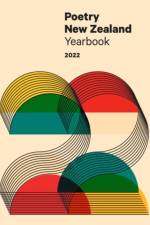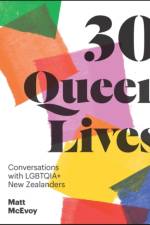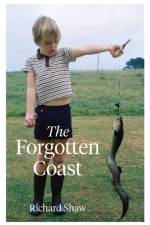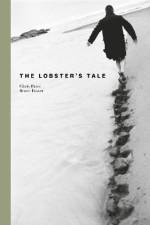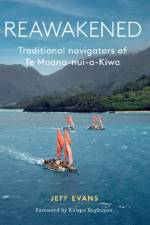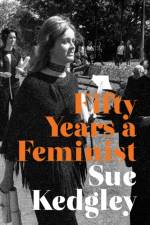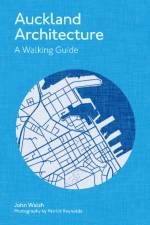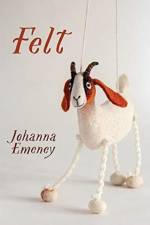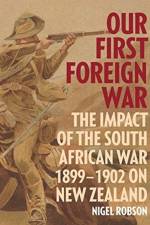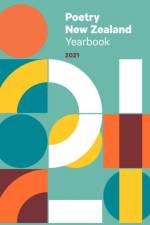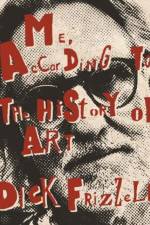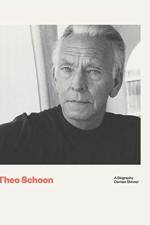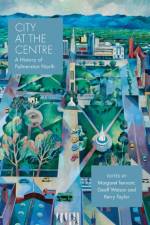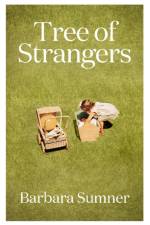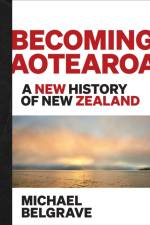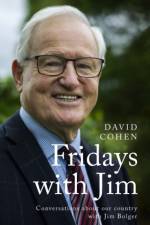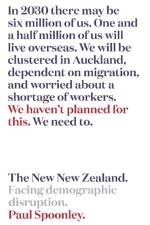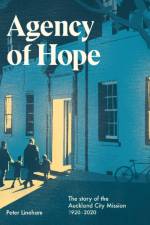av Tracey Slaughter
379,-
Each year Poetry New Zealand, this country's longest-running poetry magazine (established in 1951 by Louis Johnson), rounds up important new poetry, reviews and essays, making it the ideal way to catch up with the latest poetry from both established and emerging New Zealand poets. The packed issue #56 features 130 new poems--including by this year's featured poet, Wes Lee, and by David Eggleton, Janet Newman, Amber Esau, Elizabeth Morton, Aimee-Jane Anderson-O'Connor, Alistair Paterson, essa may ranapiri, Nikki-Lee Birdsey, Iain Britton, Jordan Hamel, Jack Ross, Dominic Hoey, Owen Bullock, Semira Davis, Rata Gordon, Adrienne Jansen, Olivia Macassey, Vaughan Rapatahana, and Kerrin P. Sharpe--and essays and reviews of new poetry collections.


